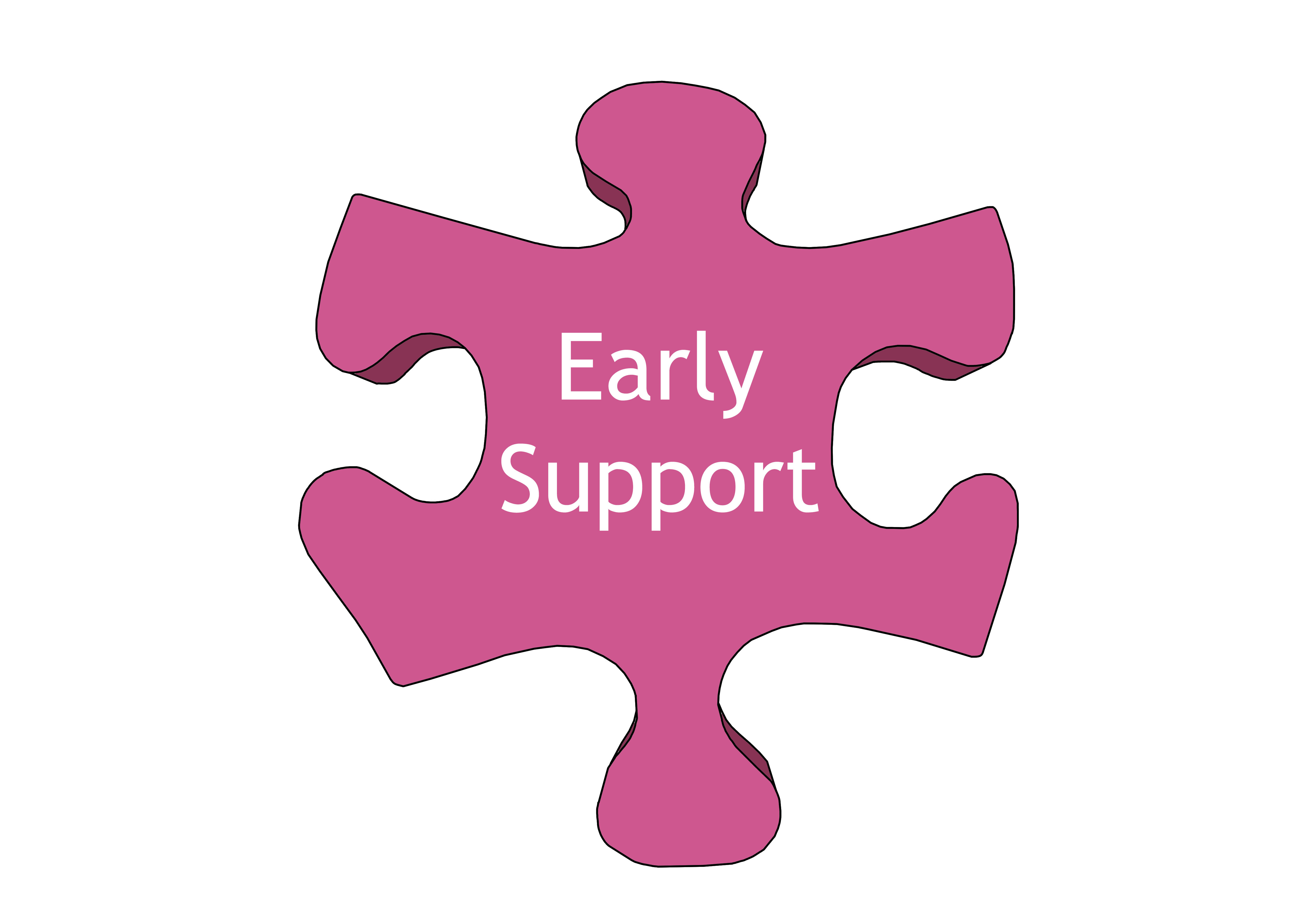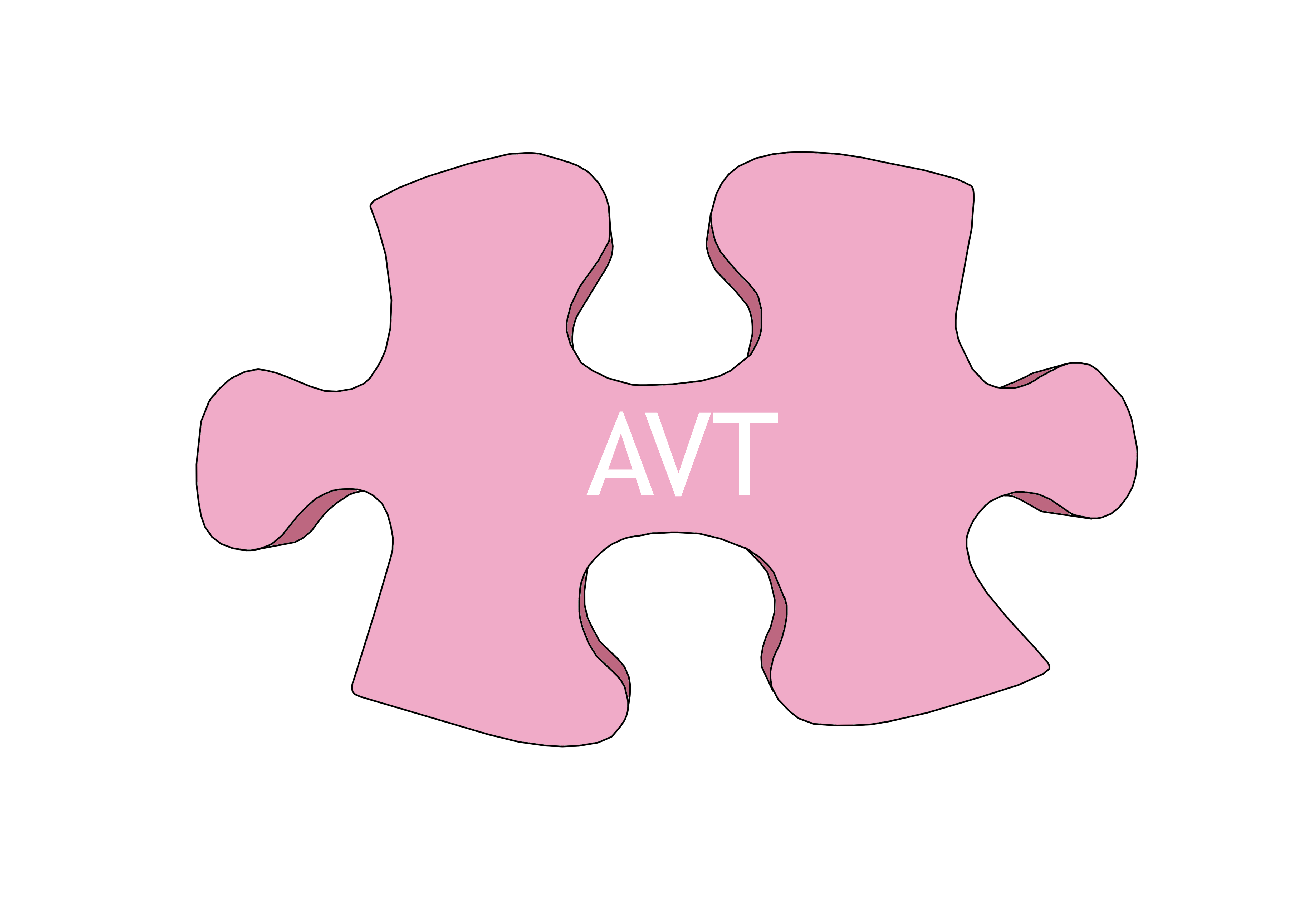Communication
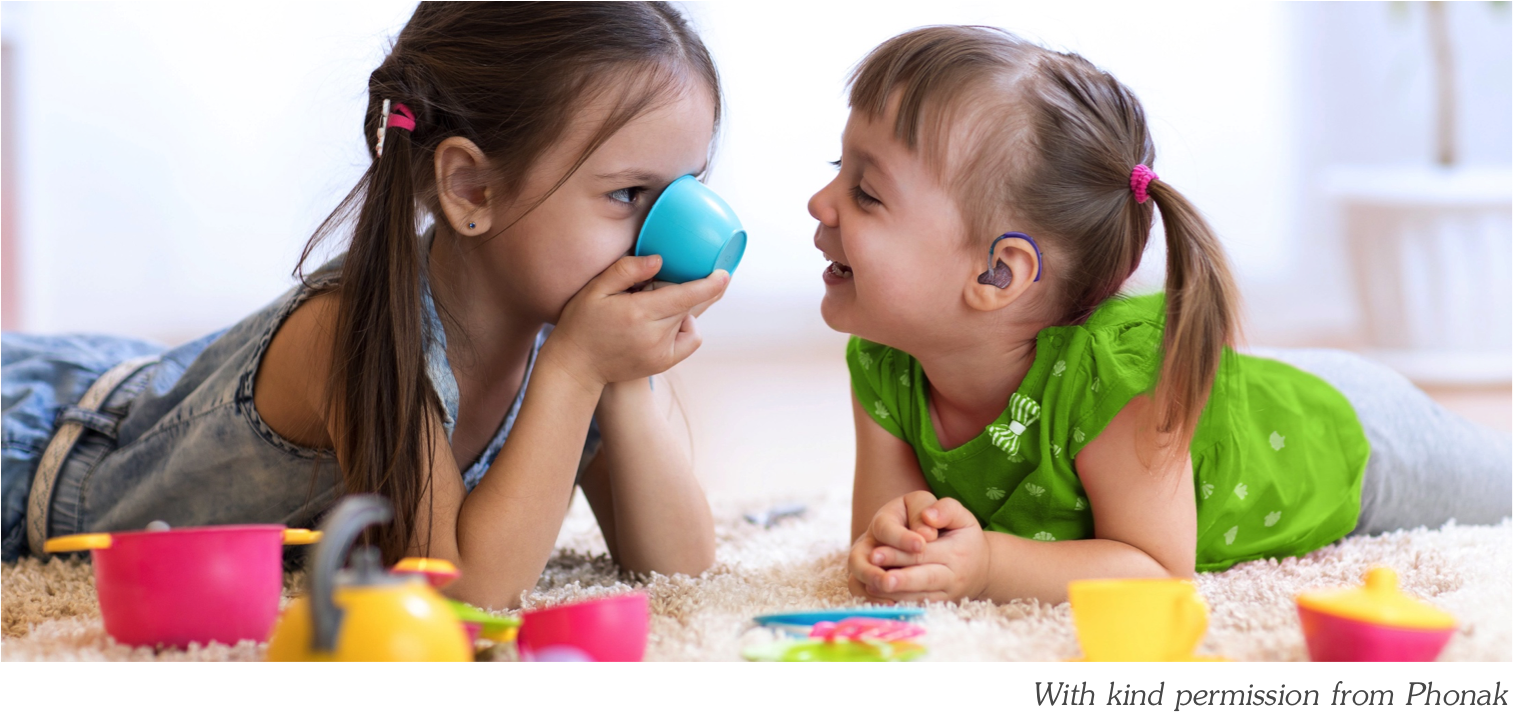
Research has shown that early diagnosis of a hearing loss, combined with early fitting of amplification and appropriate support can result in age appropriate language (Yoshinaga-Itano, 2006).
Numerous approaches are used to develop communication and detailed information is provided in other MESHGuides created by the BATOD Foundation. Having a knowledge about these different approaches, enables parents/carers to make an informed choice for their child.
The Early Support MESHGuide 'Support for deaf children aged 0 to 5 years' has a column on Communication and covers 'What is communication?', Oral/aural, BSL, Total Communcation and Cued Speech.
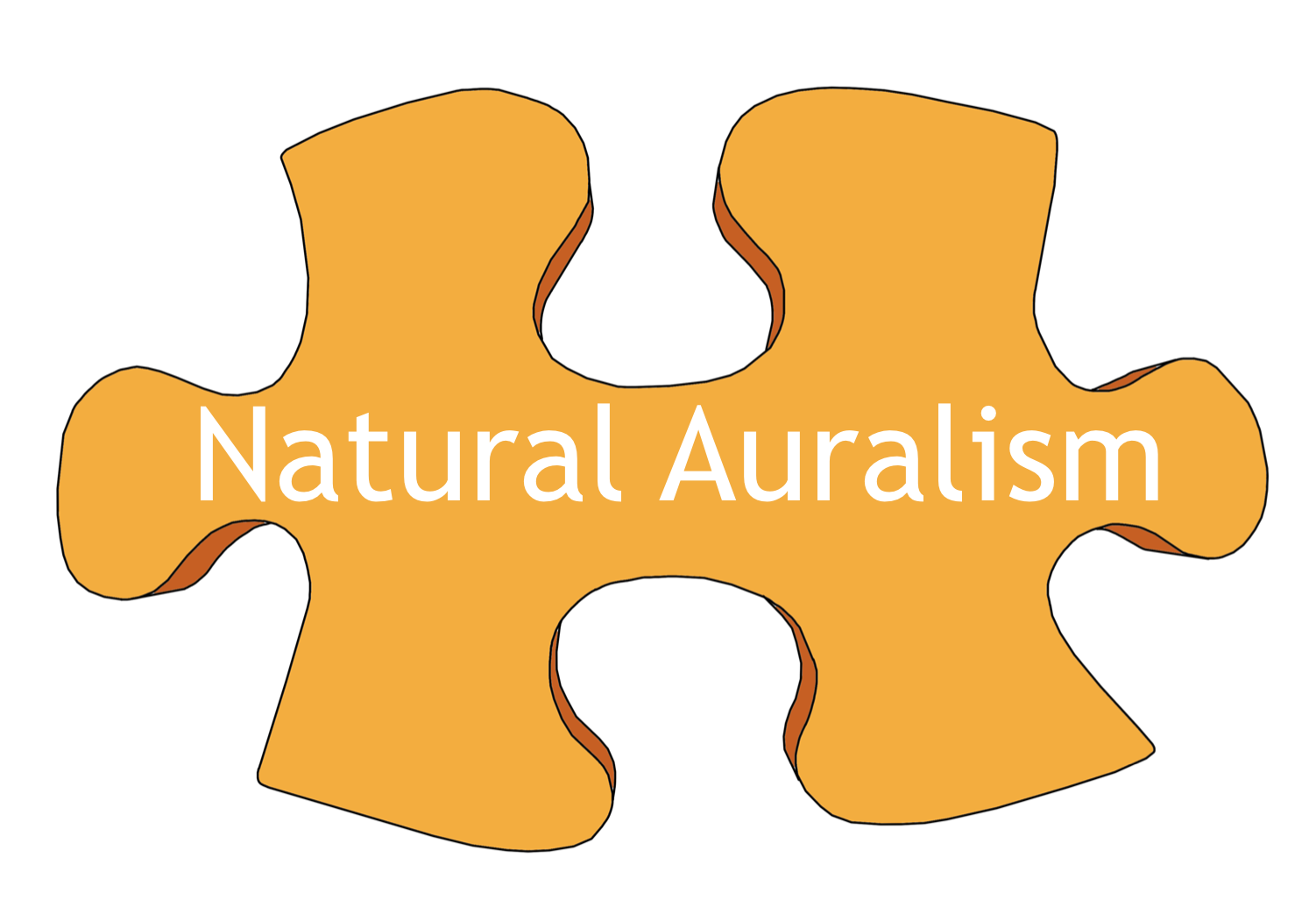 The Natural Aural Approach MESHGuide explains that this approach 'draws on the innate ability of all children to learn language through listening to and experiencing language'. It explains the importance of early language, information about listening and talking and research about language development.
The Natural Aural Approach MESHGuide explains that this approach 'draws on the innate ability of all children to learn language through listening to and experiencing language'. It explains the importance of early language, information about listening and talking and research about language development.
The Auditory Verbal Therapy MESHGuide has been written by staff at Auditory Verbal UK. It describes the approach and provides 'research on the spoken language outcomes of children with hearing loss attending AV therapy.' Information about the infant's rapid brain development is included. The 10 principles of the Listening and Spoken Language Specialists (LSLS) Auditory Verbal Approach are outlined and the way the AV approach supports commincation strategies is explained
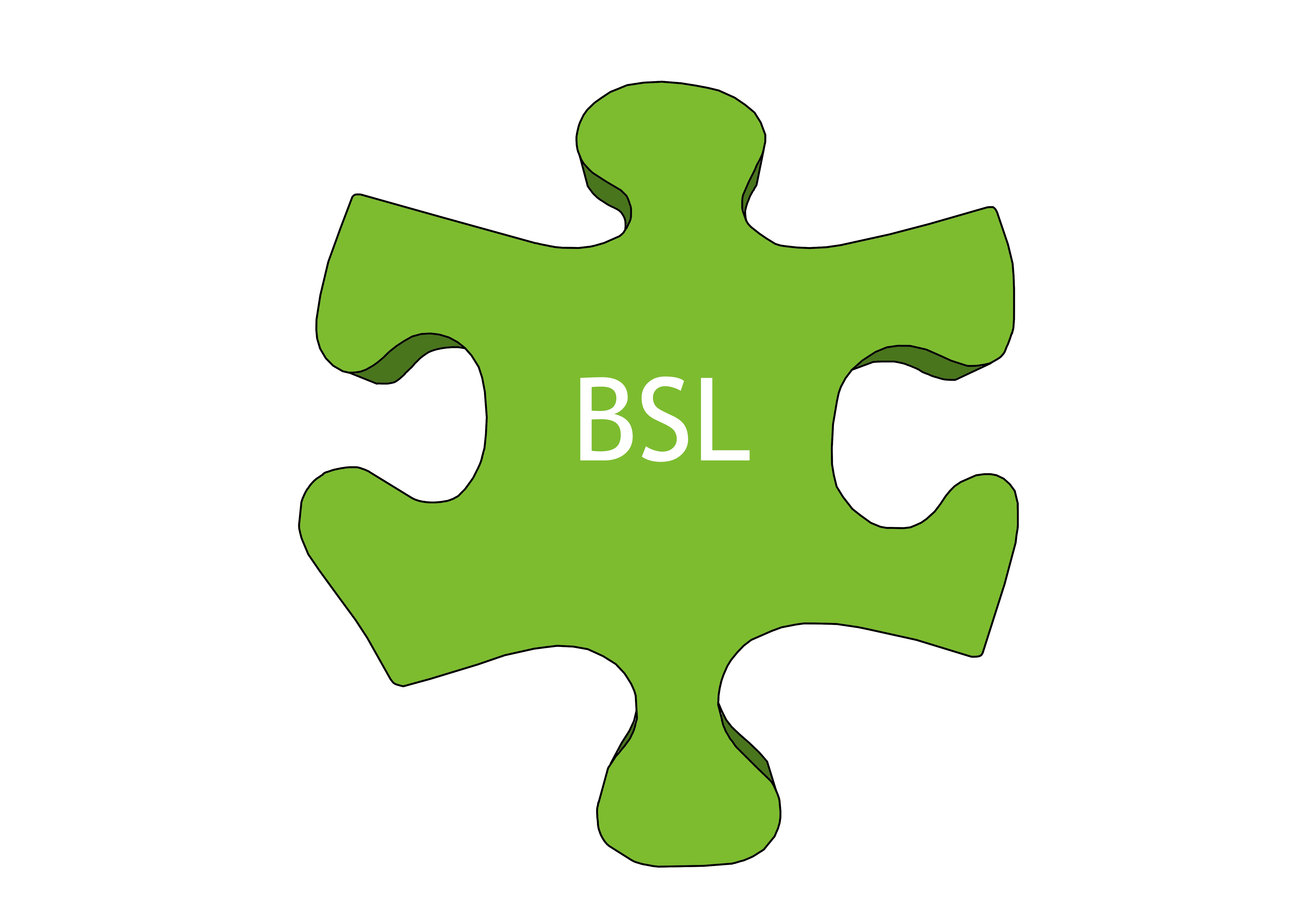
The British Sign Language MESHGuide provides information about BSL as a language and learning BSL, alongside resources such as the BSL Curriculum, BSL Media and BSL Books.
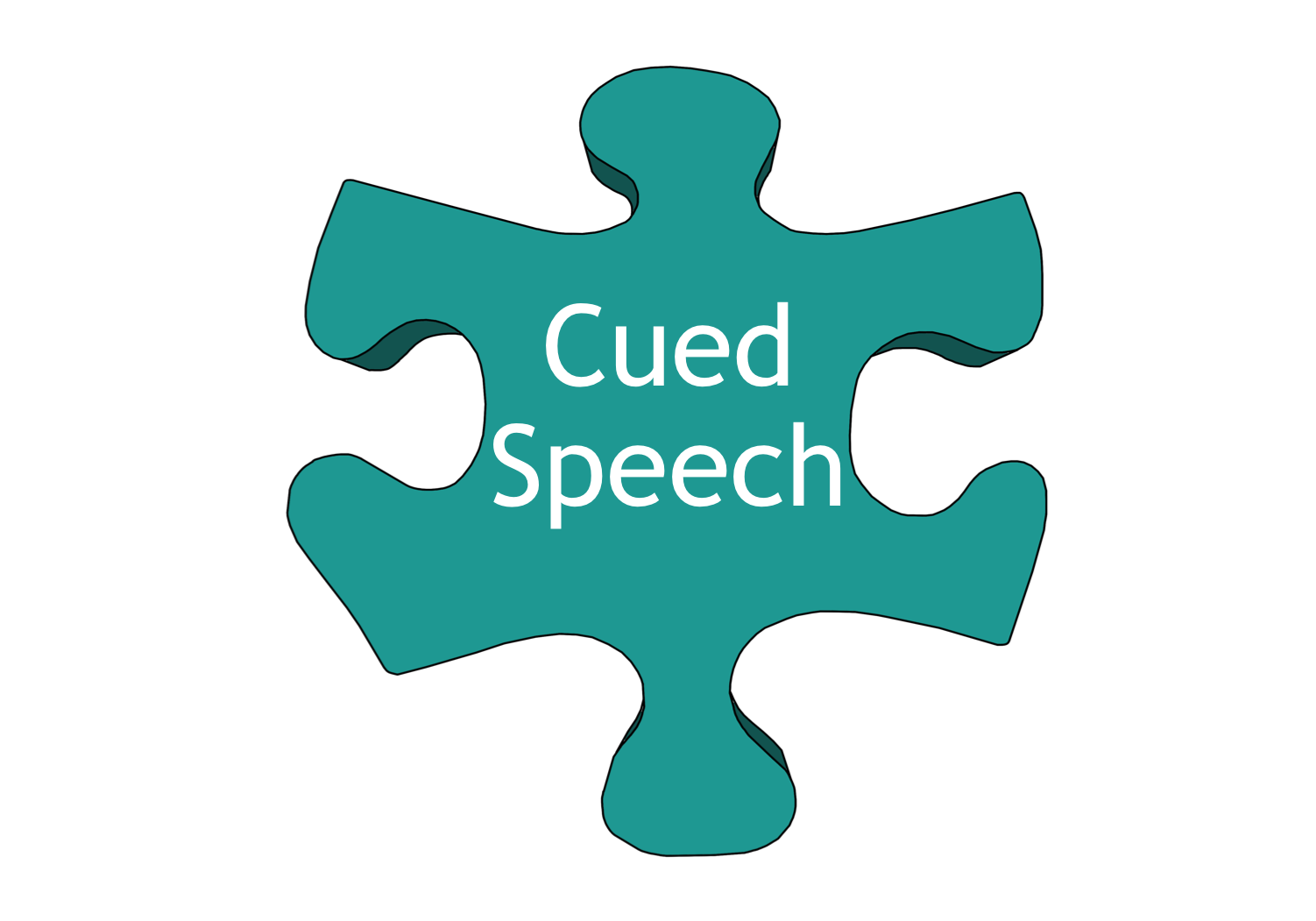 The Cued Speech MESHGuide describes this 'system of 8 handshapes and 4 positions around the face, you cue as you speak.' It explains the importance of early language acquisition and explains how Cued Speech can be used to support cochlear implant users, lipreading skills and accessing the language of education.
The Cued Speech MESHGuide describes this 'system of 8 handshapes and 4 positions around the face, you cue as you speak.' It explains the importance of early language acquisition and explains how Cued Speech can be used to support cochlear implant users, lipreading skills and accessing the language of education.
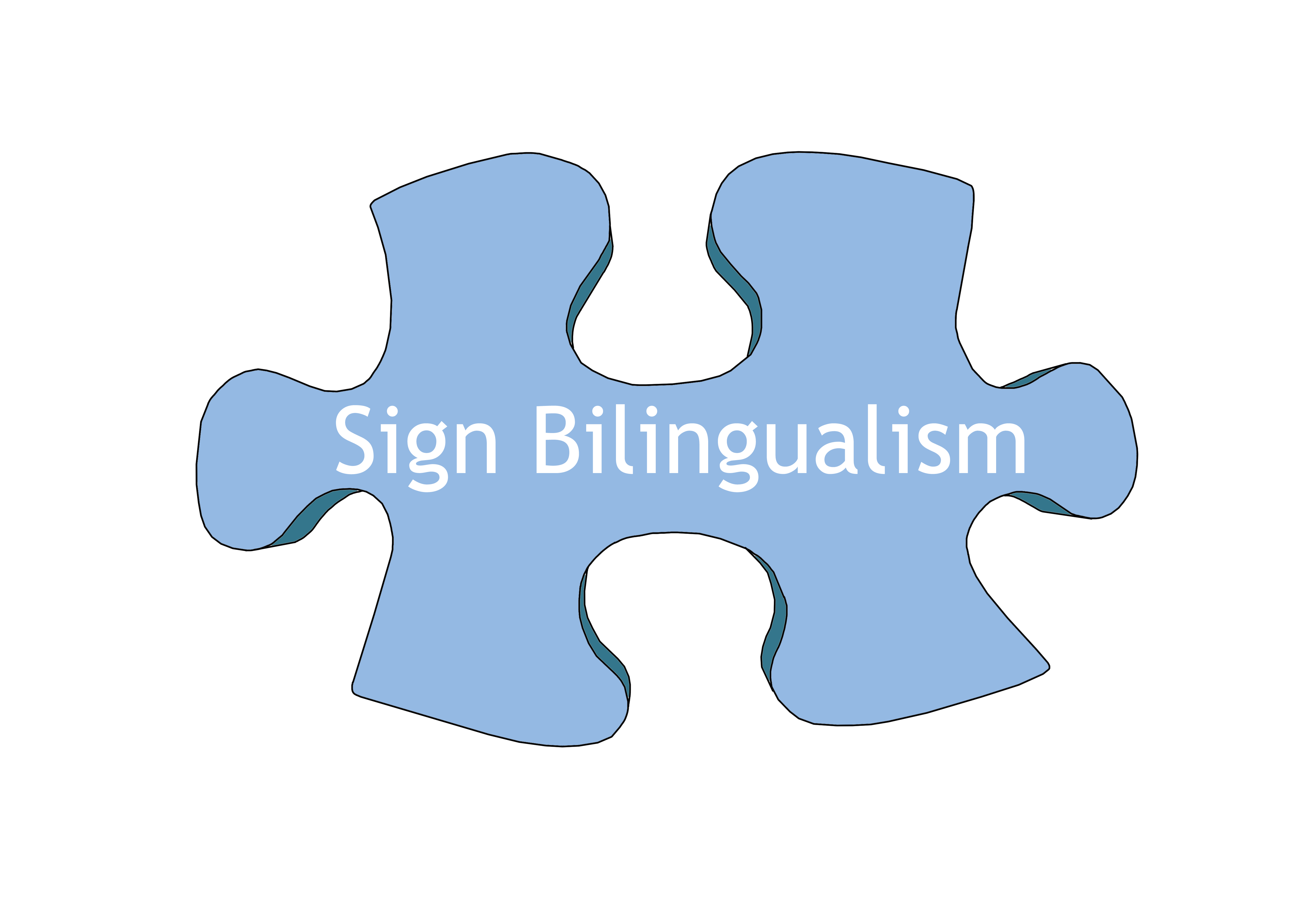
To date, a Sign Bilingualism MESHGuide is not available. This approach means that two languages are learnt at once, one of which is sign language, (British Sign Language in the UK).
The NDCS website provides more information about Sign Bilingualism and you can read more in this article.
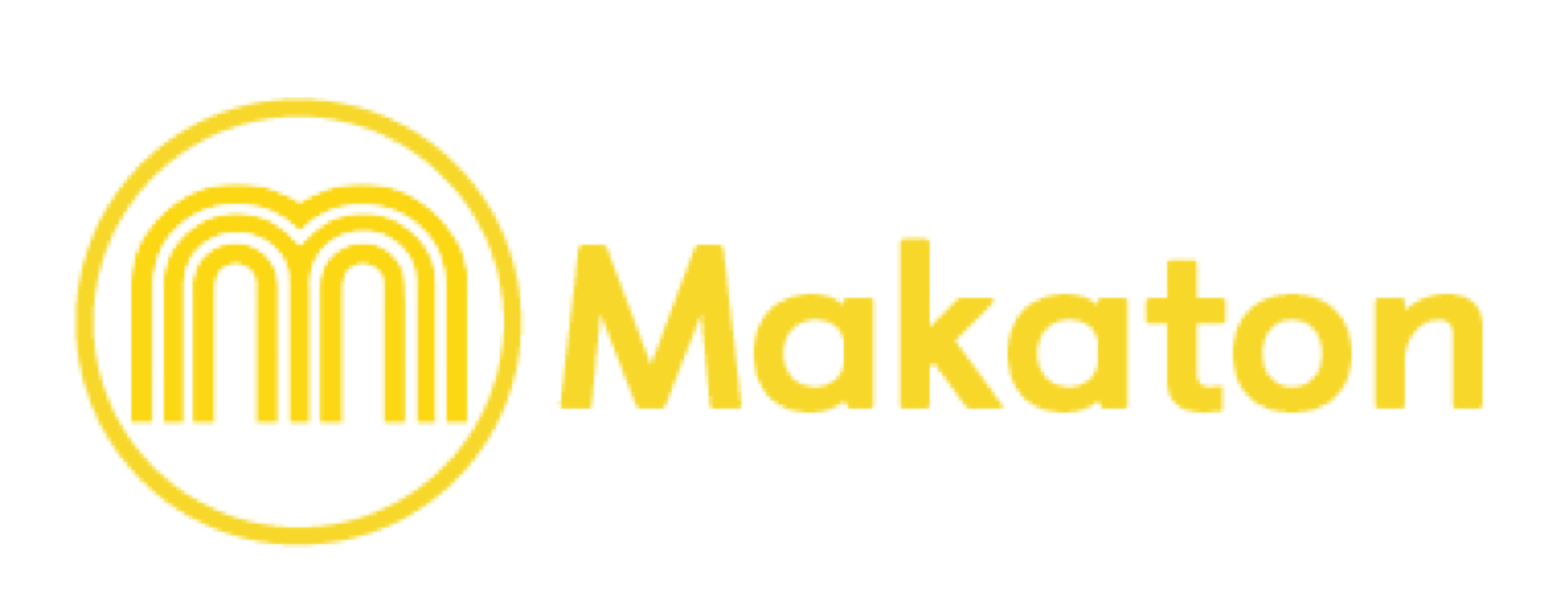 Makaton is a language programme using signs, symbols and speech to help communication. The Makaton website provides information about how Makaton works, who uses Makaton and the Makaton Library.
Makaton is a language programme using signs, symbols and speech to help communication. The Makaton website provides information about how Makaton works, who uses Makaton and the Makaton Library.
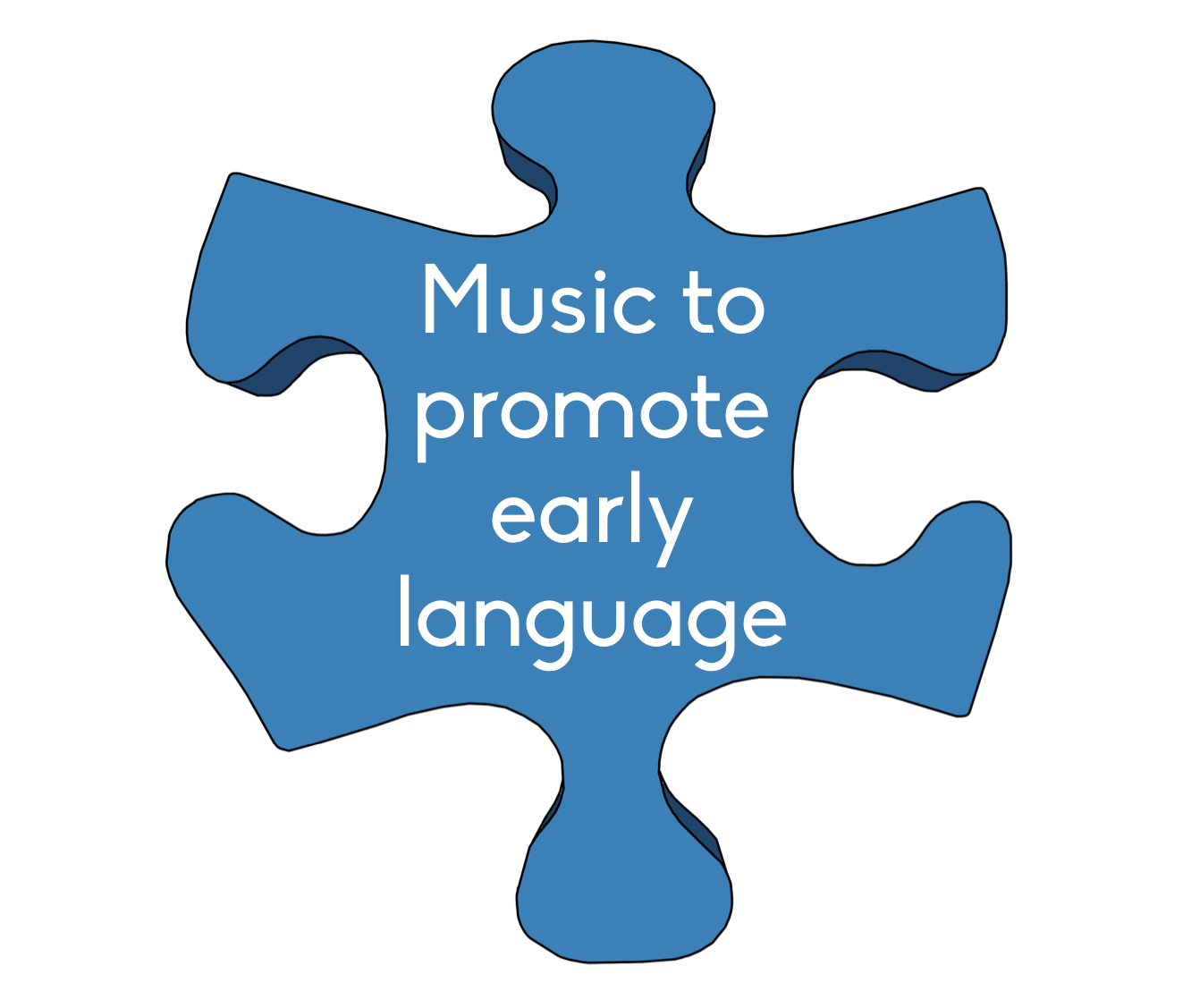
Research has shown that music in the early years can benefit all areas of development. Music can be used to develop the pre-verbal skills of eye contact, copying, turn-taking and attention. This MESHGuide provides information about the benefits of music to promote early language development.

